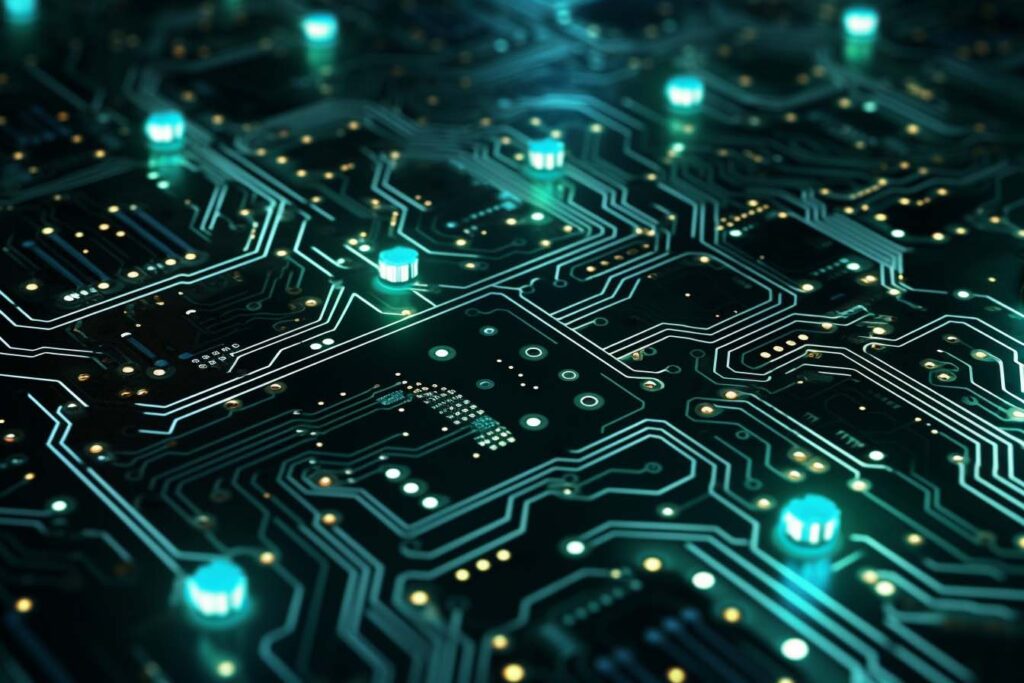Delve into the vulnerabilities of medical devices in a connected world and discover ways the industry is safeguarding against hacks and unauthorized access.
The Growing Threat: Medical Devices in a Connected World
In today’s digital age, the healthcare industry is embracing the use of technology to enhance patient care and improve outcomes. From pacemakers to insulin pumps, medical devices have become an integral part of the healthcare ecosystem. However, with the increasing connectivity of these devices, there comes a growing concern for the security and privacy of patient data. This anchor page aims to shed light on the vulnerabilities of medical technology in a connected world and explore the measures being taken to address this digital threat.
The Vulnerabilities: Risks Associated with Medical Devices
While medical devices offer numerous benefits, they also come with inherent vulnerabilities that can be exploited by malicious actors. One of the primary concerns is the potential for unauthorized access to these devices, which can lead to life-threatening consequences. Hackers can take advantage of security loopholes to manipulate the functionality of devices such as insulin pumps or disrupt the operation of critical equipment like MRI machines.
Understanding the Digital Threat Landscape
To effectively safeguard medical devices, it is crucial to understand the digital threat landscape they operate in. The increasing connectivity of healthcare infrastructure has made it susceptible to cyberattacks, with hackers targeting both the devices themselves and the networks they are connected to. Understanding the evolving tactics employed by these threat actors is essential for developing robust security measures.
The Consequences: Patient Safety and Data Breaches
The consequences of medical device vulnerabilities can be severe, impacting both patient safety and data integrity. A successful cyberattack can compromise patient privacy by exposing sensitive medical information. Furthermore, unauthorized access to medical devices can result in physical harm to patients, leading to potential injury or loss of life. These risks highlight the urgent need for stringent security protocols within the healthcare industry.
The Safeguards: Strengthening Medical Technology Security
Recognizing the gravity of the digital threat, the healthcare industry and technology vendors are actively working to fortify the security of medical technology. Here are some key measures being taken:
1. Implementing Encryption and Authentication
Encryption plays a vital role in protecting the confidentiality and integrity of data transmitted between medical devices and networks. By encrypting data, sensitive information remains secure even if intercepted by malicious actors. Additionally, implementing strong authentication protocols ensures that only authorized users can access these devices, reducing the risk of unauthorized manipulation.
2. Conducting Regular Security Audits and Risk Assessments
In order to identify and mitigate vulnerabilities effectively, healthcare organizations must regularly conduct security audits and risk assessments. These evaluations help identify potential weaknesses in the security infrastructure and allow for proactive measures to be taken to address any emerging threats.
3. Collaborating with Cybersecurity Experts
The healthcare industry is increasingly seeking collaboration with cybersecurity experts to develop comprehensive defense strategies. By leveraging the expertise of these specialists, healthcare providers can gain insights into the latest threat vectors and best practices for safeguarding medical technology.
4. Promoting Awareness and Training
Human error often contributes to security breaches. To combat this, the healthcare industry is emphasizing the importance of cybersecurity awareness and training among medical professionals and staff. By educating individuals about potential risks and best practices, organizations can foster a security-conscious culture and reduce the likelihood of successful attacks.
Continued Vigilance: The Future of Medical Device Security
As technology continues to advance, so do the threats it poses. The healthcare industry must remain vigilant and adapt to the changing landscape to ensure the security and privacy of medical devices and patient data. Collaboration between stakeholders, ongoing research, and a commitment to implementing robust security measures will be key to staying one step ahead of cybercriminals. By prioritizing medical technology security, we can continue to embrace the benefits of digitization while mitigating the risks.







